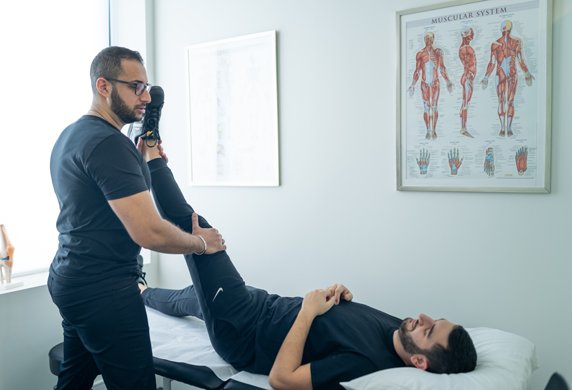
Causes
There are several causes of bursitis. The most common is overuse, and you may need to use pain medications to control your symptoms. You should also consult a doctor if you have persistent pain. The causes of bursitis are different from those of arthritis. A simple doctor's examination can rule out arthritis or a more serious condition, and you can then get a proper diagnosis. Occupational therapists offer advice on how to avoid overuse. Their strategies include using ergonomic furniture, stretching, and regular exercise to prevent and manage the risk of developing this painful condition.
Other medical conditions may cause bursitis. Some of these include arthritis, gout, and certain autoimmune conditions. Some types of arthritis can result in bursitis. Other forms of this disorder include bone spurs, and other forms of tendons. A physician will also want to rule out other causes before prescribing medication. If a person has a symptom of bursitis, they will most likely consult a physician.
Other causes of bursitis might be the result of other health conditions. These include arthritis, gout, and certain autoimmune conditions. Other factors may contribute to the development of bursitis. Artificial implants or prosthetics that irritate the bursa may also be a contributing factor. Age is another cause of bursitis. However, if you think you have a gout-related problem, you should see a doctor as soon as possible.
Physical examination
During your initial consultation, your doctor will take a detailed medical history and perform a physical examination to identify the tender areas. The doctor may order x-rays or ultrasounds to rule out other causes of pain. An MRI or ultrasound may be performed to determine the exact cause of your inflammation. A treatment plan for your bursitis will depend on the specific cause of your symptoms and your biomechanics.
A thorough physical exam: During the initial consultation, your doctor will review your medical history, identifying any specific painful areas. Depending on the severity of the symptoms, you may have to undergo imaging tests to rule out rheumatoid arthritis, an infection, or trauma. Your physician may also recommend the use of ibuprofen, an over-the-counter (OTC) pain reliever, to relieve pain and inflammation.
Treatment
Your physiotherapist at Healthbound will perform a comprehensive physical exam to determine the exact cause of your bursitis. You may need to take anti-inflammatory medications, rest, and ice or heat treatments to reduce the inflammation. Your doctor may also suggest steroid injections or ultrasounds to diagnose your condition. If the cause is an infection, antibiotics should be prescribed to treat the infection. Your symptoms will improve within a few days, but you should see a chiropractor as soon as possible.